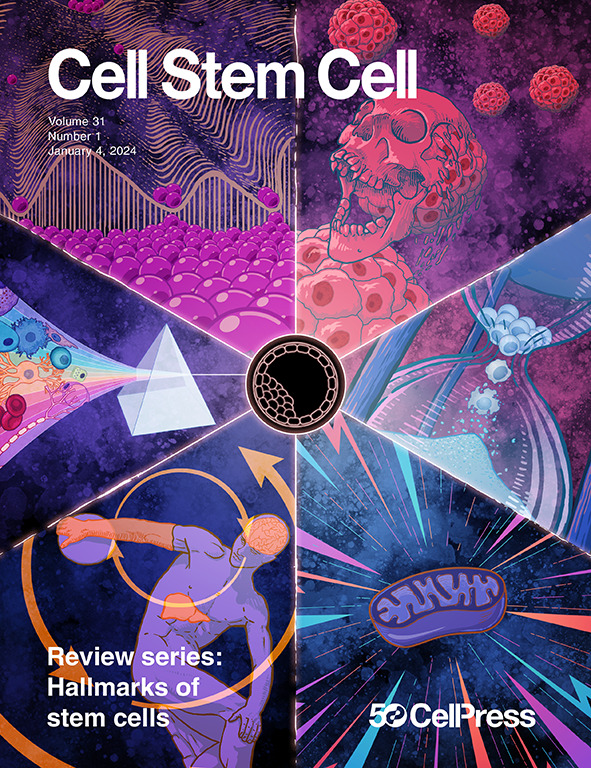Human airway submucosal gland organoids to study respiratory inflammation and infection
IF 20.4
1区 医学
Q1 CELL & TISSUE ENGINEERING
引用次数: 0
Abstract
The human airway lining consists of two physiologically distinct compartments: the surface airway epithelium (SAE) and the submucosal glands (SMGs). Despite their critical role, the SMGs have remained largely overlooked in airway in vitro modeling of respiratory inflammation and infection. In this study, we leverage long-term cultured organoids derived separately from SAE and SMGs to investigate their unique physiological characteristics. Single-cell RNA sequencing (scRNA-seq) analysis confirms that these organoid models accurately replicate the cellular heterogeneity inherent to each tissue type. Specifically, SMG organoids are enriched in MUC5B-producing mucous cells and also generate alpha-smooth muscle actin (αSMA)-expressing myoepithelial cells. ANPEP/CD13 specifically marks SMG secretory cells. Exposure to cytokines elicits distinct inflammatory transcriptomic responses in SMG secretory cells. Infection assays with human alpha-coronavirus 229E (HCoV-229E) reveal the selective vulnerability of CD13-positive secretory cells, triggering an unfolded protein response. These findings broaden the utility of airway organoids for modeling respiratory (patho-)physiology.

人气道粘膜下腺类器官研究呼吸道炎症和感染
人体气道衬里由两个生理上不同的隔室组成:气道表面上皮(SAE)和粘膜下腺(SMGs)。尽管具有关键作用,但在呼吸道炎症和感染的体外气道模型中,smg在很大程度上仍然被忽视。在这项研究中,我们利用从SAE和smg中分离出来的长期培养的类器官来研究它们独特的生理特性。单细胞RNA测序(scRNA-seq)分析证实,这些类器官模型准确地复制了每种组织类型固有的细胞异质性。具体来说,SMG类器官富含产生muc5b的粘液细胞,也产生表达α -平滑肌肌动蛋白(αSMA)的肌上皮细胞。ANPEP/CD13特异性标记SMG分泌细胞。暴露于细胞因子会在SMG分泌细胞中引起不同的炎症转录组反应。人类甲型冠状病毒229E (HCoV-229E)感染试验揭示了cd13阳性分泌细胞的选择性易感性,引发未折叠蛋白反应。这些发现拓宽了气道类器官在模拟呼吸(病理)生理学方面的应用。
本文章由计算机程序翻译,如有差异,请以英文原文为准。
求助全文
约1分钟内获得全文
求助全文
来源期刊

Cell stem cell
生物-细胞生物学
CiteScore
37.10
自引率
2.50%
发文量
151
审稿时长
42 days
期刊介绍:
Cell Stem Cell is a comprehensive journal covering the entire spectrum of stem cell biology. It encompasses various topics, including embryonic stem cells, pluripotency, germline stem cells, tissue-specific stem cells, differentiation, epigenetics, genomics, cancer stem cells, stem cell niches, disease models, nuclear transfer technology, bioengineering, drug discovery, in vivo imaging, therapeutic applications, regenerative medicine, clinical insights, research policies, ethical considerations, and technical innovations. The journal welcomes studies from any model system providing insights into stem cell biology, with a focus on human stem cells. It publishes research reports of significant importance, along with review and analysis articles covering diverse aspects of stem cell research.
 求助内容:
求助内容: 应助结果提醒方式:
应助结果提醒方式:


